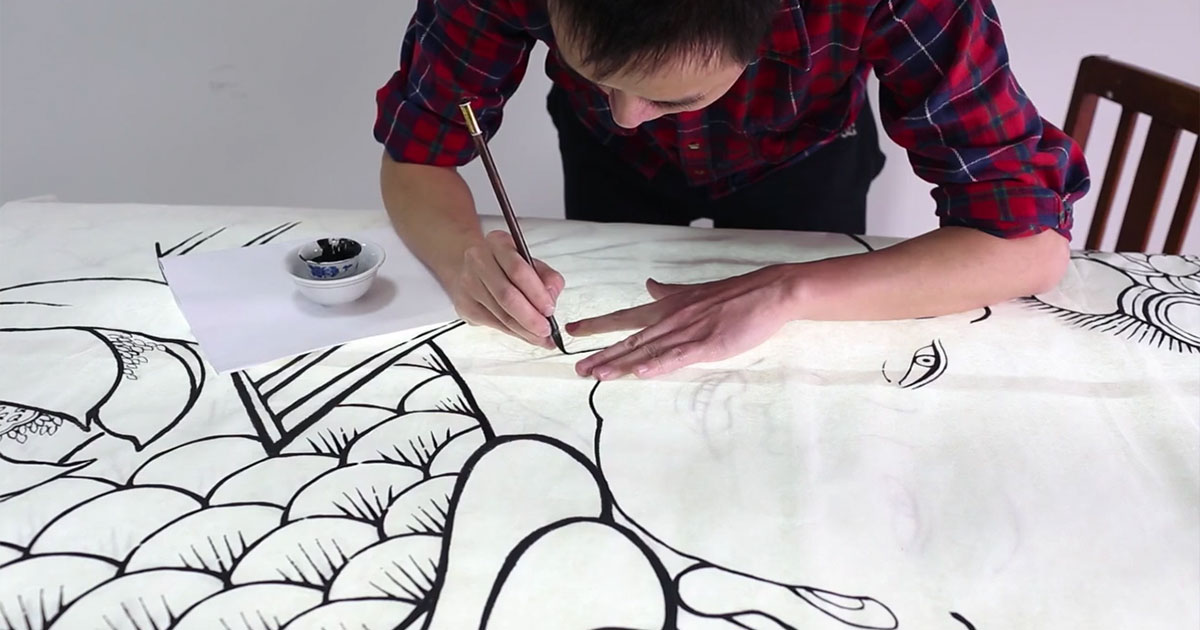Introduction
"Isn’t it a joy to have friends come from afar?"
—Confucius
In the spirit of reunion, this program convened old and new friends, families, and strangers, to learn, connect, and celebrate.
China: Tradition and the Art of Living highlighted REUNION and BALANCE, traditional principles that are of greater value than ever in China. Reunions animate and sustain tradition. And as people are increasingly separated from one another by the demands of work and education, they continue to find ways to reaffirm ties to community and cultural heritage both in their daily lives and for special occasions.
A traditional Chinese perspective posits that all things—everything from one’s health to a community’s welfare—depends on a balance of internal and external forces. In China today, people are navigating the transformations that emerge from modernization and from frictions between work and leisure, past and present, development and conservation, and global, national, and local traditions.
China is the world’s most populous country and second biggest economy. Its rates of industrialization and urbanization are unprecedented. The largest rural-to-urban migration in human history is underway as people move from the countryside to seek work in China’s expanding cities. People face both new opportunities and daunting challenges as they adapt to shifting circumstances and try to reconcile the dynamics of development with cultural and ecological sustainability.
The China program took visitors beyond the news headlines and ubiquitous mass-produced goods to highlight creativity, heritage, and masterful skill. There were more than one hundred artists and culture bearers featured in the program. Drawing from the past, but facing the future with energy and creativity, they are keeping traditions vital and relevant today. At the Festival, they demonstrated the artistry with which balance and reunion are realized within and across communities, and between humans and their environment—both through the changing seasons and in a changing world.
This program was produced in partnership with the China International Culture Association, working with the China Arts and Entertainment Group.
Additional support was provided by the West Kowloon Cultural District, Hong Kong SAR, and the Guizhou Provincial Department of Culture.








